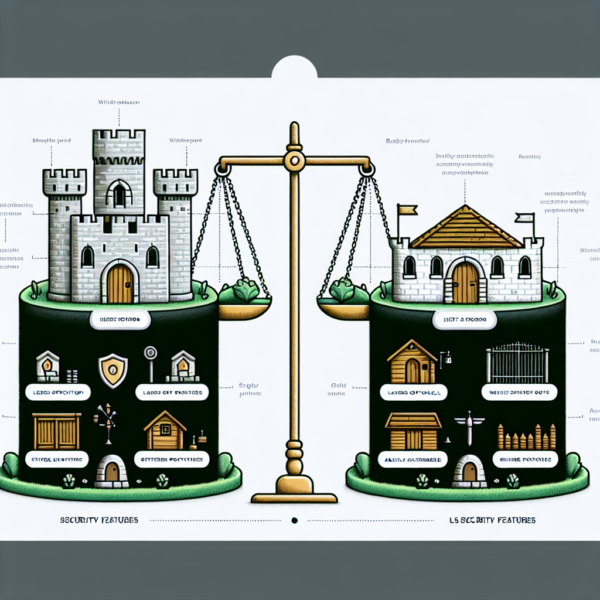# Comparison of Trading Platform Security
In the world of online trading, the security of trading platforms is a paramount concern for investors. As cyber threats continue to evolve, trading platforms are under constant pressure to secure their systems against unauthorized access, data breaches, and other malicious activities. This article compares the security features of some of the leading trading platforms, giving potential and current users insight into how these platforms stack up against each other.
##
Introduction to Trading Platform Security
Trading platform security refers to the measures and technologies that trading applications employ to protect users’ accounts and personal information from cyber threats. These measures typically include encryption, authentication, and compliance with financial security standards. An understanding of these security features is crucial for users when choosing a trading platform.
##
Encryption Methods
One of the cornerstone technologies for any trading platform is encryption. Encryption helps protect data in transit and at rest from being intercepted or read by unauthorized parties.
###
SSL/TLS Encryption
Virtually all reputable trading platforms use SSL (Secure Socket Layer) or TLS (Transport Layer Security) encryption. This technology ensures that data transferred between the user’s device and the trading platform’s servers is encrypted, making it difficult for hackers to intercept and decipher it.
###
End-to-End Encryption
Some platforms go a step further by implementing end-to-end encryption for messages and trades. This means that the data is encrypted from the moment it leaves the user’s device until it reaches its final destination, offering an added layer of security.
##
Two-Factor Authentication (2FA)
Two-Factor Authentication adds an additional layer of security beyond just a username and password. Users must verify their identity using two separate components, often a password and a code sent to their mobile device.
###
Text Message and Authenticator Apps
Most trading platforms offer 2FA through text messages or authenticator apps. The use of an authenticator app is generally considered more secure than text messages, which can be intercepted by cybercriminals.
##
Regulatory Compliance and Audits
A platform’s adherence to financial regulatory standards and regular security audits can serve as an indicator of its commitment to security.
###
SEC and FINRA Compliance
In the United States, the Securities and Exchange Commission (SEC) and the Financial Industry Regulatory Authority (FINRA) set guidelines and regulations that trading platforms must follow. Compliance with these bodies assures users that platforms are adhering to strict security and operational standards.
###
Regular Security Audits
Leading platforms undergo regular security audits conducted by third-party firms to identify and rectify potential security vulnerabilities. The frequency and thoroughness of these audits can significantly influence platform security.
##
Data Privacy Practices
How a platform handles user data is another critical aspect of its security. Users should review a platform’s data privacy policy to understand what data is collected, how it is used, and who it may be shared with.
###
Use of Personal Data
Transparent platforms clearly outline the purposes for collecting personal data, including whether it is used for improving services, marketing, or shared with third parties.
###
GDPR Compliance for European Users
For European users, a platform’s compliance with the General Data Protection Regulation (GDPR) is essential. GDPR compliance ensures that platforms follow strict guidelines regarding data collection, storage, and sharing practices.
##
Conclusion
When it comes to selecting a trading platform, security should never be compromised. Investors are encouraged to evaluate potential platforms based on the encryption methods employed, the presence of two-factor authentication, regulatory compliance, data privacy practices, and the platform’s history and reputation concerning security incidents. Remember, the strongest security feature will always be the vigilance of the user in protecting their login information and being aware of phishing and other social engineering attacks.
